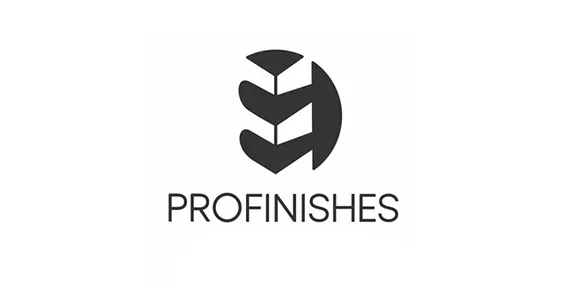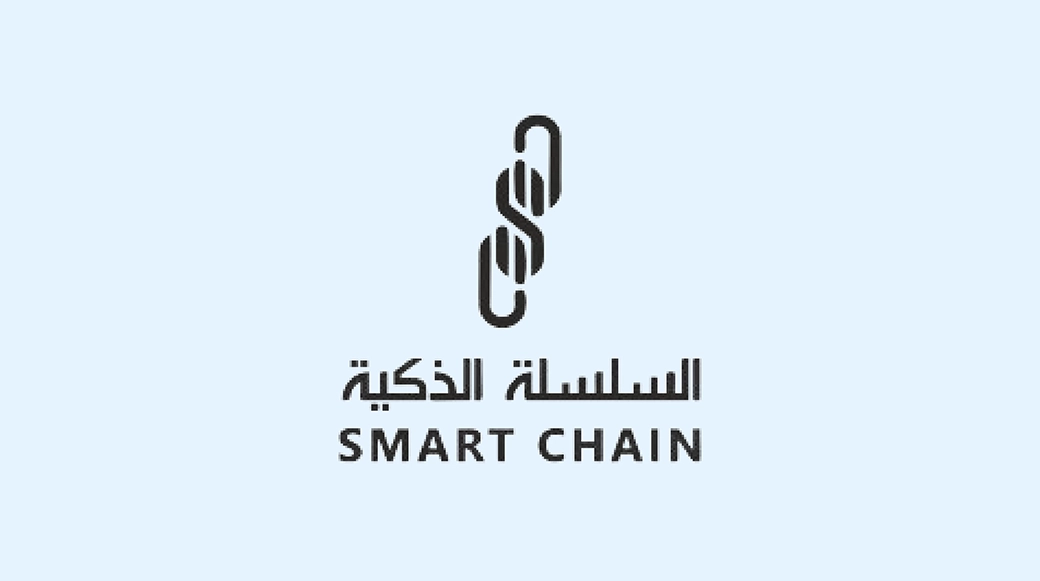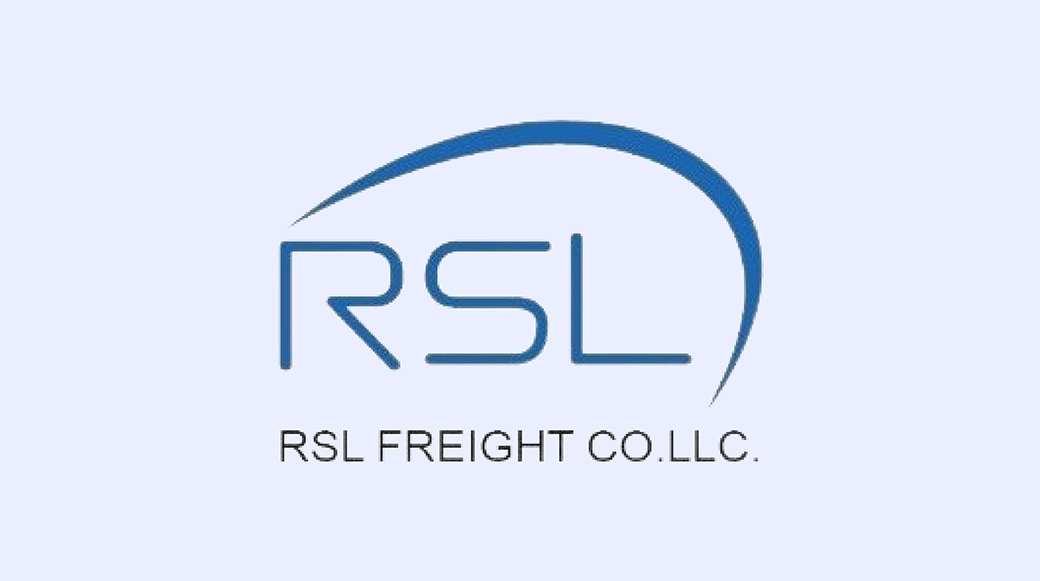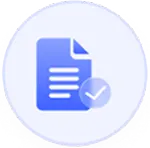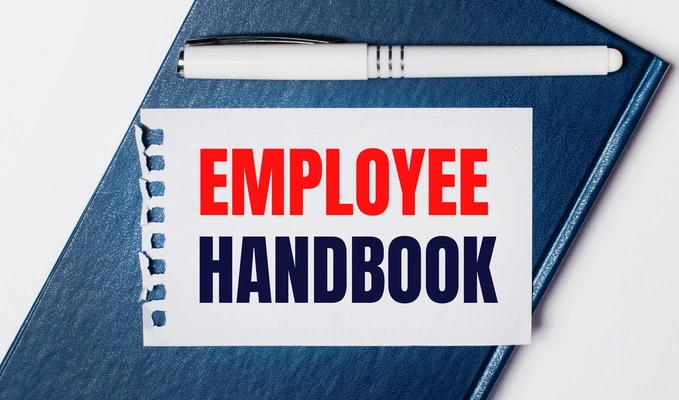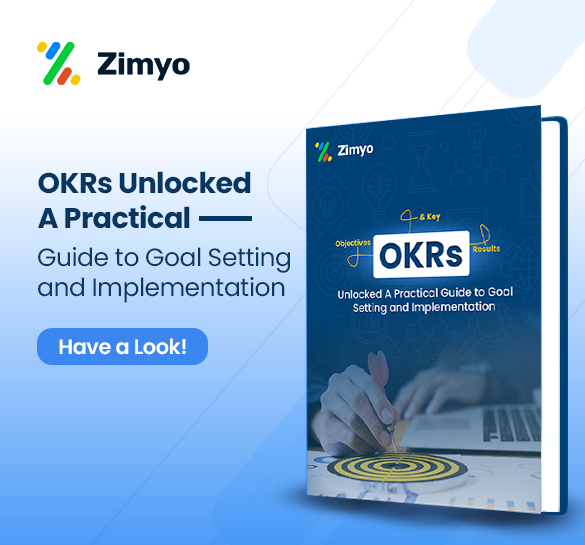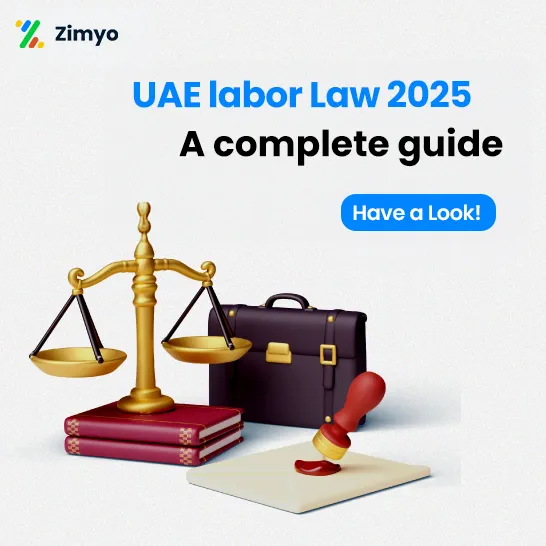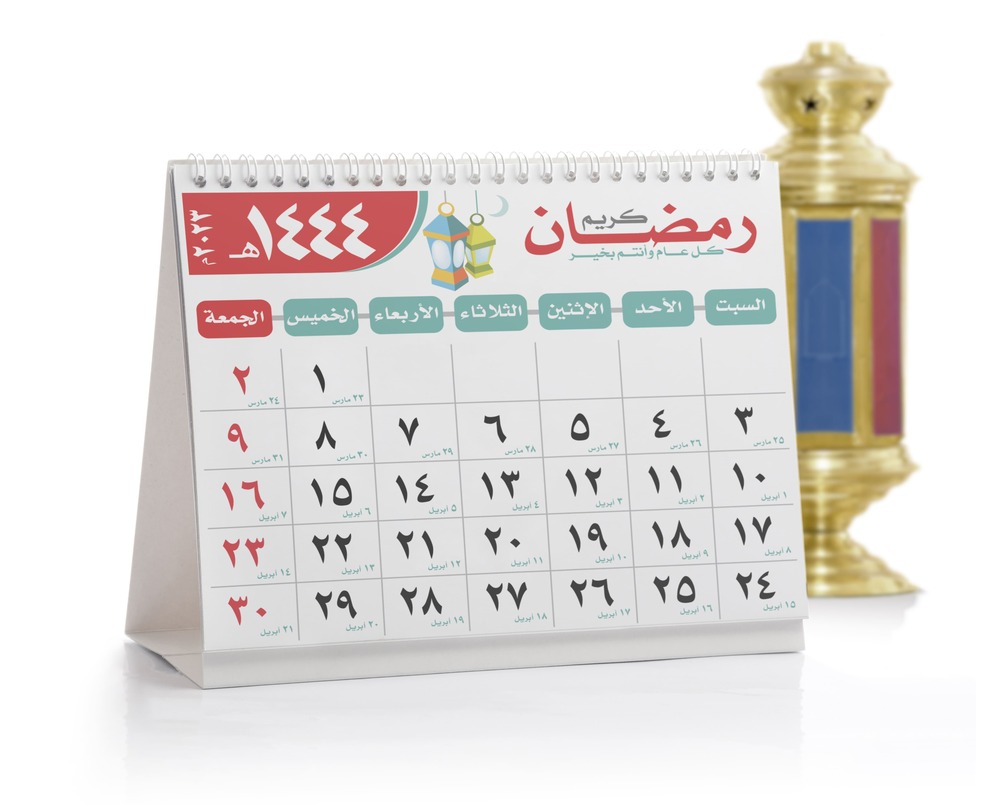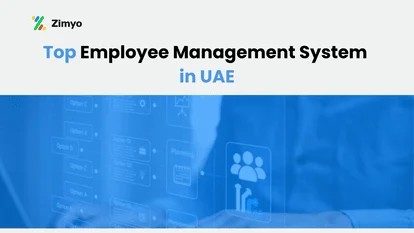As businesses across the UAE adapt to the New Labour Law implemented one of the most pressing responsibilities for employers is enhancing their internal documentation. Beyond administrative compliance, effective employee management in UAE focus on clearly defined HR practices—and at the heart of these is a well-crafted Employee Handbook. In this blog, we explore how UAE businesses can use the Employee Handbook in UAE.
What Changed in Labor Law?
To begin with, the Federal Decree-Law No. 33 of 2021, which came into drive in early 2022, introduced a few key changes. It is designed to enable employees and make more structured employer-employee relationships. Among the standout reforms are:
- Recognition of various forms of work (temporary, flexible, part-time)
- Enhanced assurance for employees with respect to multiple issues discrimination, harassment, and workplace equality
- Defined probationary procedures and notice periods
Under this legal framework, employee management in UAE requires more than just a signed contract—it requests clear, open documentation outlining rights, responsibilities, and expectations from day one.
Structured Documentation Framework
Already, many businesses managed with a essential offer letter and a standard labour contract. Nowadays, the most excellent initiatives includes three essential records:
- Long-form Offer Letter – A comprehensive record sketching out compensation, role, responsibilities, and onboarding.
- Short-form Labor Contract – A legal requirement summarizing the key employment terms.
- Employee book– A broader archive that characterizes company culture, values, internal policies, and legal procedures.
Each of these plays a unique part, but the Employee Handbook in UAE is frequently the most overlooked—and the foremost transformative for the employee management in UAE.
What Is an Employee Handbook in UAE?
An Employee Handbook in UAE is a point-by-point guide given to employees at the start of their employment. It is not similar to legal contracts, which are frequently dry and procedural, the handbook is a living report that communicates your company’s mission, vision, core values, and policies .
Universally, only around 26% of small businesses keep up an active employee handbook—and in the UAE, this percentage is likely indeed lower. That gap presents a enormous opportunity for forward-thinking businesses focused on improving employee management in UAE.
Why You need an Employee Handbook in UAE
- Clarifying company culture, vision, and values
- Clearly communicating expectations
- Documenting benefits and rewards
- Adjusting with UAE Labour Law
- Reducing legal risks
1. Clarifying Company Culture, Vision, and Values
To begin with impressions count. For new recruits, the employee handbook in UAE is regularly their to begin with actual introduction to your organization’s personality other than the job description. By expressing your mission, vision, and values clearly, you’re setting up expectations regarding workplace conduct, collaboration, and long-term development. It is a culture-building tool that helps develop employee management in UAE and generates a sense of pride and rationale.
2. Clearly Communicating Expectations
Subsequently, a clear employee handbook in UAE brings uncertainty. Employees understand:
- Their rights and obligations- The appropriate choice for tasks like asking leave, lodging complaints, or working
- Whom to approach for specific issues- Within the UAE’s diverse workforce, where companies often operate across languages and societies, clarity is essential to effective employee management in UAE.
3. Documenting Benefits and Rewards
What’s in it for me? That’s a address each employee needs replied. Your handbook incorporates a comprehensive list of all benefits—from yearly leave and health insurance to travel allowances and performance bonuses.
Outlining eligibility and conditions in one put avoids perplexity and improves transparency, which in turn boosts retention.
4. Adjusting With UAE Labour Law
Compliance is more than a legal box to tick—it’s a sign of operational development. The modern UAE Labour Law commands that managers must advise employees of all important policies and procedures. The employee handbook in UAE makes this conceivable by acting as a central reference point for legal rights, workplace conduct, and grievance procedures.
Whether it’s gratuity privileges, working hours, or probation periods, counting these elements in your handbook keeping the proper employee management in UAE guarantees alignment with the law and reduces the risk of violations.
5. Reducing Legal Risks
Unfortunately, disputes happen. But when they do, your Employee Handbook in UAE can be a powerful defense tool for employee management in UAE. It proves that your commerce:
- Communicated expectations clearly
- Followed documented procedures
- Operated transparently and inside the legal framework
Numerous legal cases hinge on whether an employee was properly educated. Having a signed acknowledgment that your arrangements were read and caught on can save time, money, and reputational damage.
What Should Be Included in an Employee Handbook in UAE?
There’s no one-size-fits-all approach, but a strong employee handbook in UAE should contain:
- Mission, Vision & Values – Communicates reason and course
- Code of Conduct – Defines working environment behavior and standards
- Non-Disclosure & Confidentiality – Secures sensitive information
- Working Hours & Breaks – Outlines desires under the law
- Grievance & Disciplinary Process – Explains steps in case of struggle
- Termination & Resignation Procedures – Details notice periods and final settlements
- WPS & Payroll Direction – Guarantees transparency in payment systems
Make sure that all information is routinely updated in line with changing directions for employee management in UAE, particularly in a energetic environment just like the UAE.
Employee Handbook vs Long-Form Offer Letter
You might ponder: if I already have an offer letter, do I require a handbook?
The reply is a resounding yes.
While the offer letter sets the beginning terms, the Employee Handbook in UAE gives a continuous reference all through the employment lifecycle. It covers day-to-day operational scenarios, advancing HR policies, and inner protocols which will not be legally official but are basic for workplace consistency.
By adjusting both documents, you minimize grey areas and guarantee consistent application of company policies.

Leveraging Technology for HR Automation
Automating checks for compliance and payroll integration with documentation workflows allows businesses to:
- Reduce admin overhead
- Move forward legal compliance
- Keep up up-to-date employee records easily
At Zimyo , we understand the complexity of managing HR in the UAE. Our comprehensive HR & Payroll services are designed to automate documentation, streamline payroll, and ensure full compliance with UAE Labour Law.
Benefits:
- Professionally drafted Employee Handbooks
- Legally compliant employment documentation
- Real-time HR & payroll support
- Integration with the UAE WPS system
Let us help you simplify compliance and enhance your HR efficiency.
Frequently Asked Questions (FAQs)
The employee handbook in UAE looks at policies. It guarantees alignment between the business and its workforce from day one.
The employee handbook in UAE functions as a comprehensive direct for employees, covering workplace conduct, benefits, and procedures whereas supporting legal compliance.
Organizations make handbooks to diminish ambiguity, enhance employee engagement, and guarantee consistency in HR skills and legal adherence.
Understanding the business helps employees connect with its mission, culture, and goals—boosting productivity, engagement, long-term retention and employee management in UAE.
The top employee management software in UAE includes Zimyo, rippling, truein, and more.
What People Think About Zimyo
